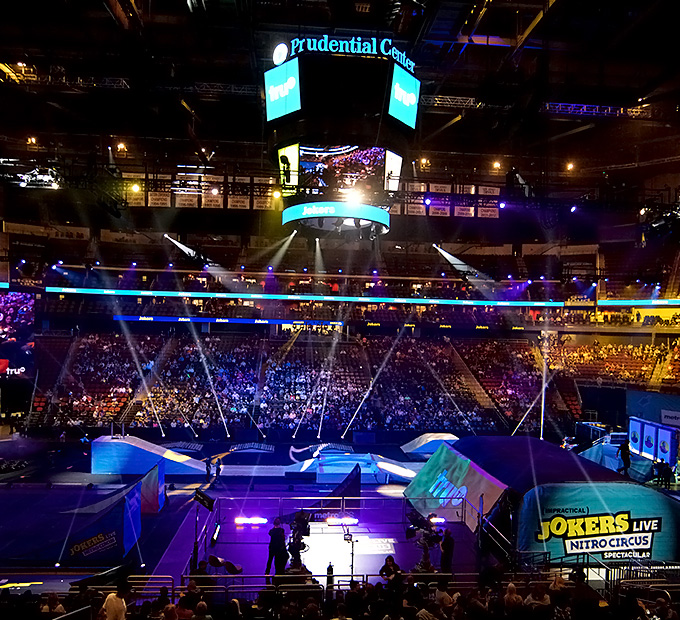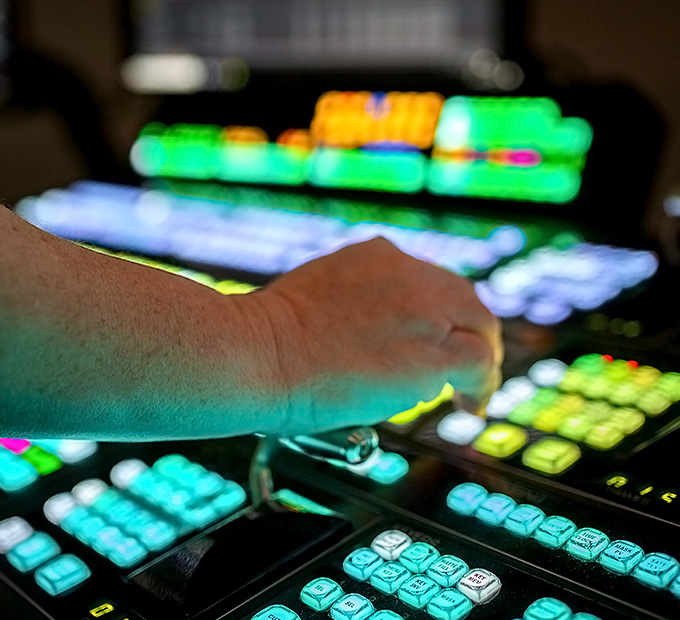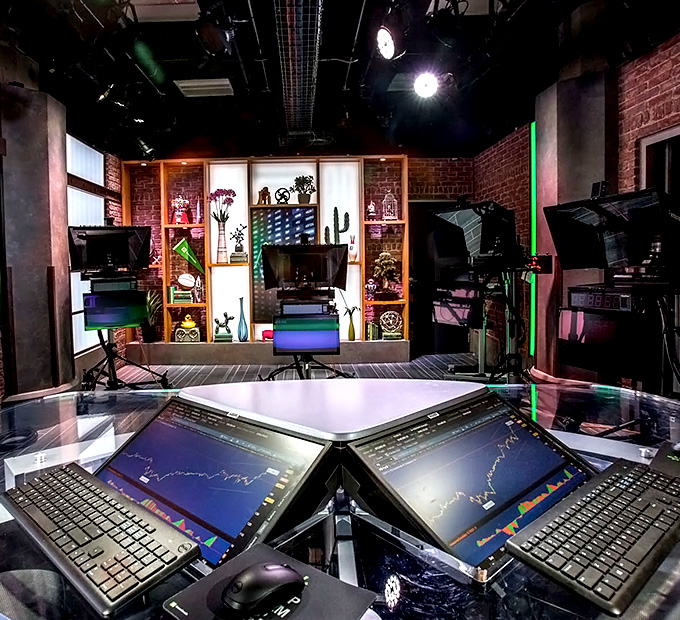That’s a wrap. The 2014 Winter Olympics are officially behind us. This year brought us lots of great moments, new records and plenty of fodder surrounding Bob Costas’ eye. While Olympic athletes from around the world are begging their trek home, NBC is undoubtedly already planning its coverage of the 2016 Summer Games in Rio de Janeiro. Let’s take a closer look at exactly what went into their ambitious 2014 Olympic coverage.
The Olympics has always been an optimal environment to test new broadcast technology. It started with color TV in 1964, then full-HD resolution in 2008 followed by 3D broadcasting in 2012. This year was no exception. NBC made headlines for covering 1,539 hours of the Winter Games and delivering certain feeds in 4k resolution.
For the average viewer, the Sochi Winter Olympics was 18 days of burning passion and skyrocketing patriotism. It was 18 days of triumph and pride and 18 days of eye-candy and enjoyment. For NBC, it was a painstakingly long and hard process – one that they’ll be reliving for certain until 2020. “It’s a massive effort,” said David Mazza, Senior VP and Chief Technical Officer of NBC Sports Group and NBC Olympics. “I would say this has been one of our more demanding games we’ve done logistically in the past 10 to 15 years,” he adds.
Only a few months after the London Summer Olympics, NBC’s first team was dispatched to Sochi to work out logistics for the 2014 Winter Games. In October 2013, NBC engineers arrived in Sochi to build NBC’s facilities at the International Broadcasting Center. Sony engineers joined soon after to install NBC’s mobile infrastructure. Shortly after New Year’s, NBC began shipping out about 300 employees a week to Sochi. There were about 2,800 people working just at Sochi for NBC, including some 15 Starbucks baristas that NBC secretly set up in its facility (because a cup of Starbucks coffee in the morning works wonders).
Getting personnel to Sochi was the easy part – shipping the equipment proved to be the real challenge. Production gear had to be shipped out via sea and air. About 100 40-foot shipping containers made it overseas in addition to “an enormous amount of air freight”. More than 50 mobile trucks had to come in by sea from Italy and had to convoy through many vehicle checkpoints to reach the destination. “Going through customs in the various places is a challenge,” Mazza says, “and they document every piece of gear, every serial number and bar code to get through customs on the way back into the U.S.”
Let’s take a closer look at some of the stats and figures surrounding NBC’s technical infrastructure and content coverage for the 2014 Winter Olympics:
- 2 International Broadcast Centers were set up – one at the Olympic Village in Sochi and one at the NBC Sports facility in Stamford, CT
- 6 NBCUniversal platforms presenting live coverage: NBC, NBCSN, CNBC, MSNBC, USA Network and NBCOlympics.com
- 14 HD feeds from the U.S. back to Russia
- 25 technology vendor partnerships
- 30+ miles of hybrid cable
- 45 edit suites located in the NBC Olympics compound in the Sochi IBC
- 55 HD feeds from Sochi to the U.S
- 192 miles of fiber optic cable
- 230 hours of Sochi Olympics coverage on NBCSN, the home for Team USA
- 400+ employees working in NBC Sports Group’s IBC in Stamford, CT
- 450+ cameras used for the Olympic Broadcasting Service host feed
- 700 total cameras used for NBC Olympics coverage (OBS cameras, plus NBC venue cameras and studio cameras)
- 1,000 hours of original content streamed on NBCOlympics.com
- 1,539 hours of coverage across NBC, NBCSN, CNBC, MSNBC, USA Network and NBCOlympics.com
- 2,000+ employees on site in Sochi (full time staff and freelance)
It’s exhausting just reading these numbers. Nice work, NBC. We cannot wait to see what you have in store for us at the 2016 Summer Games. You’ve certainly got your work cut out for you.




















Leave a Reply